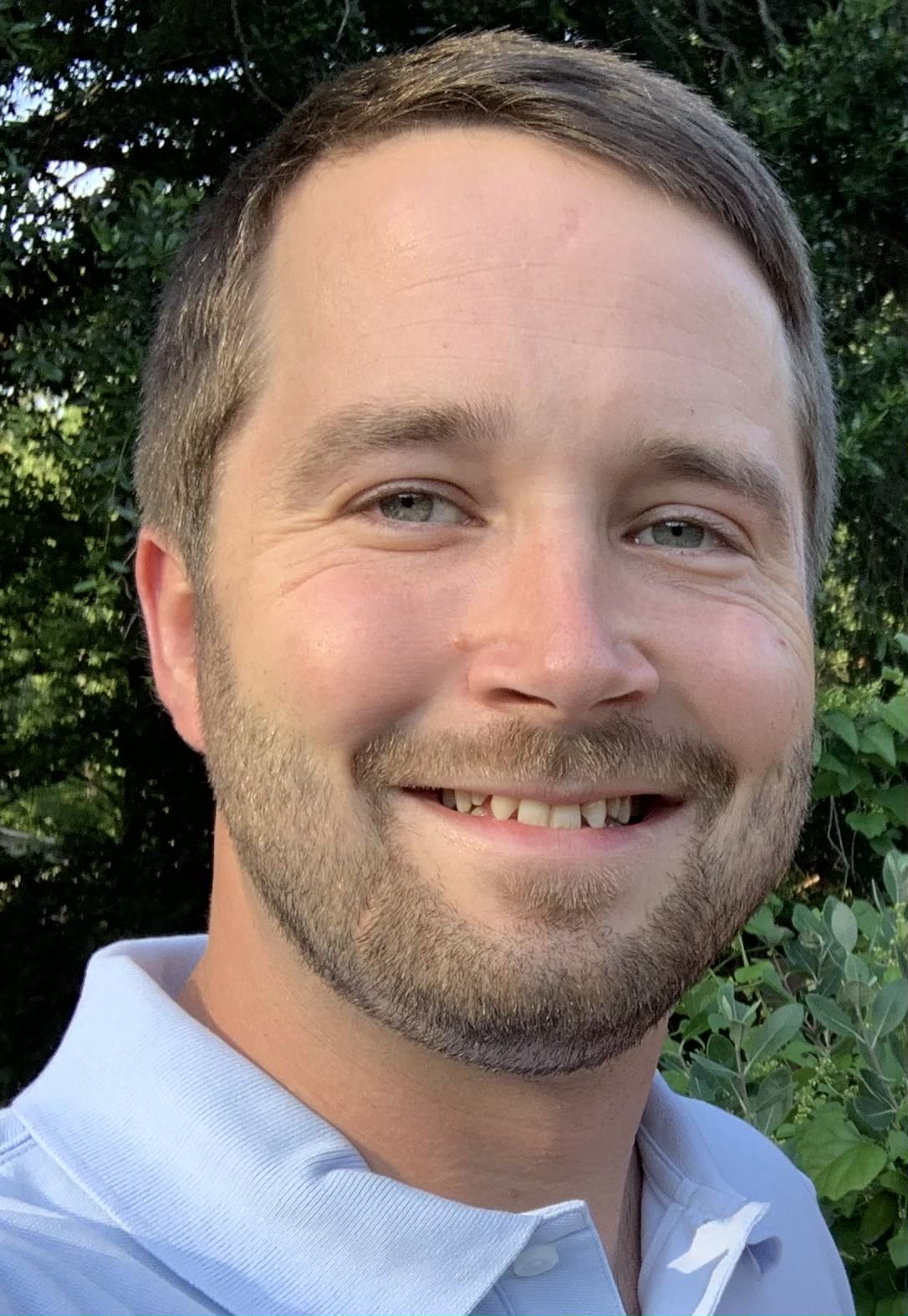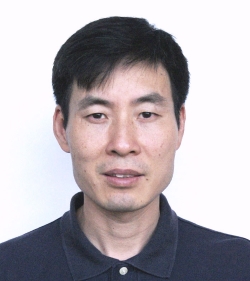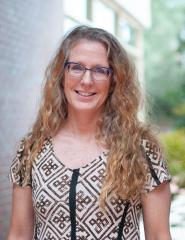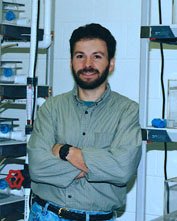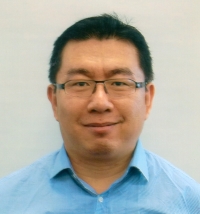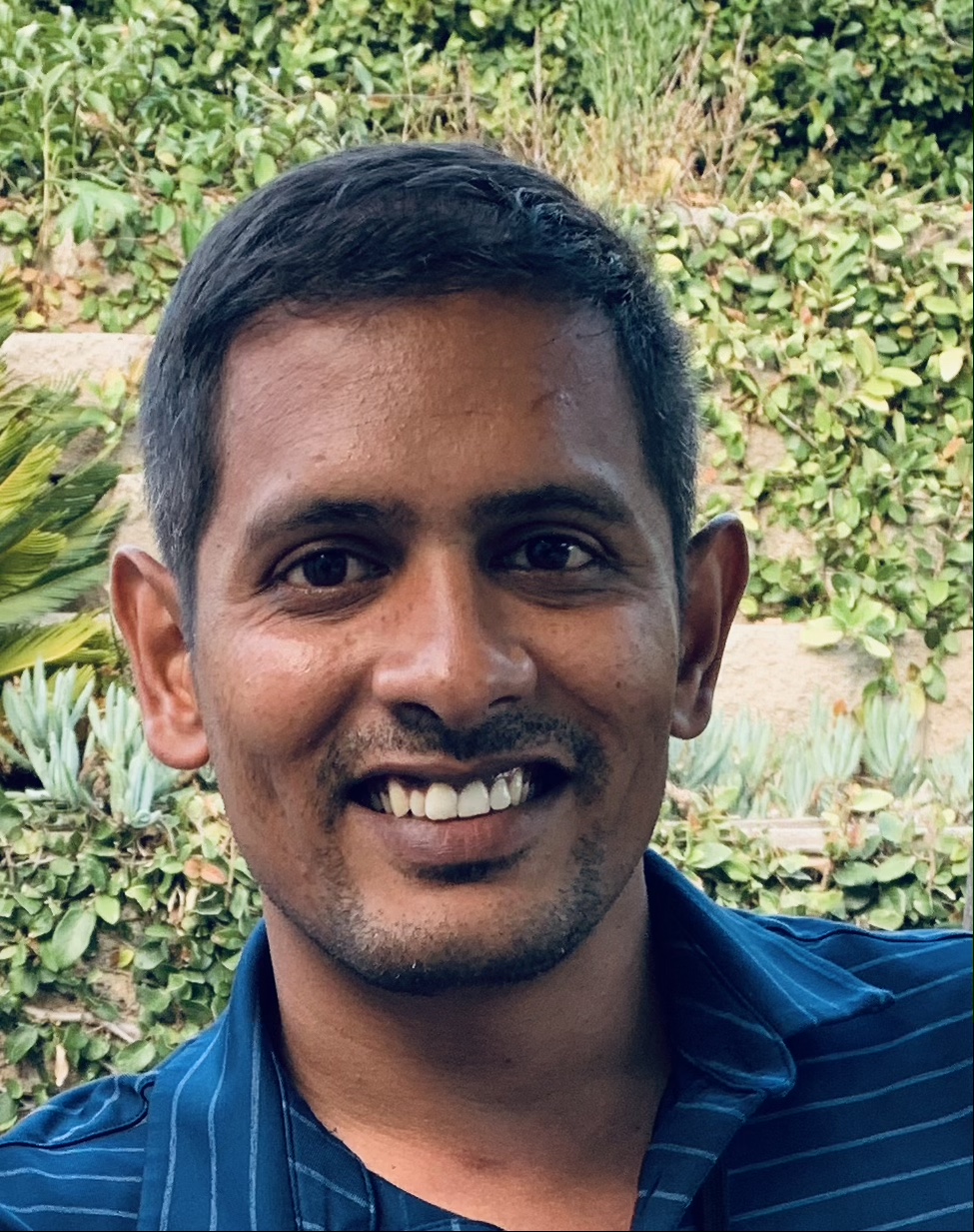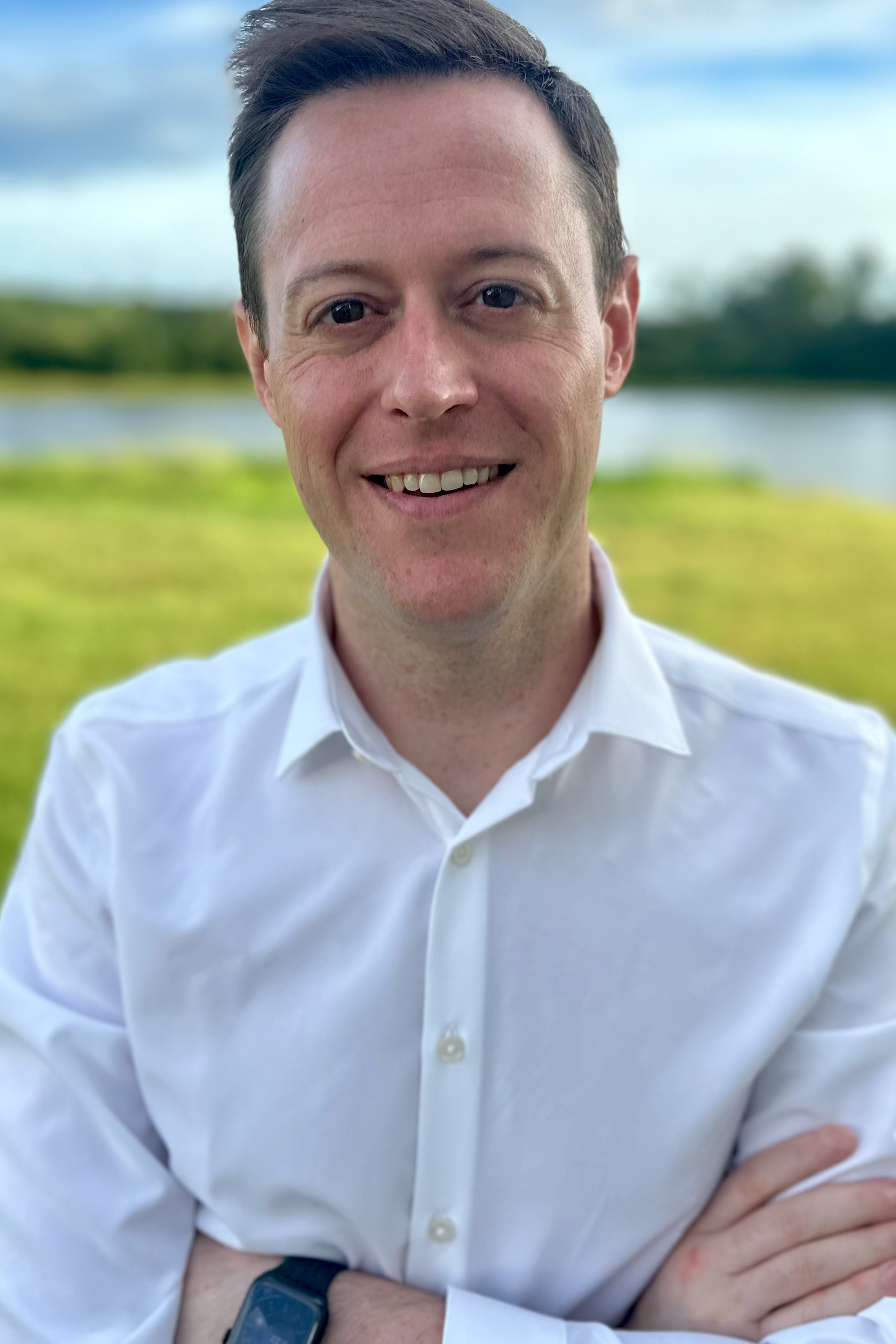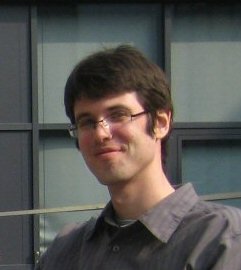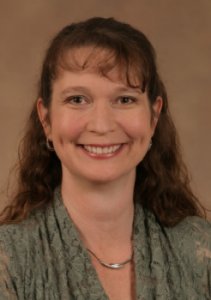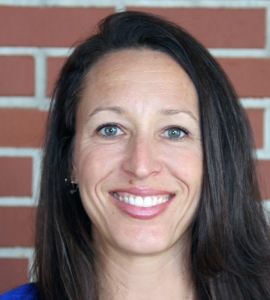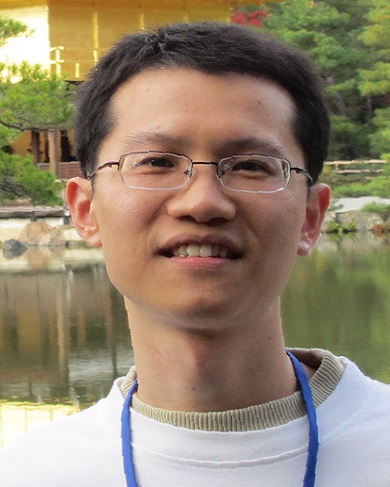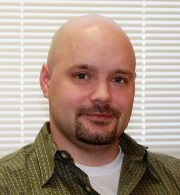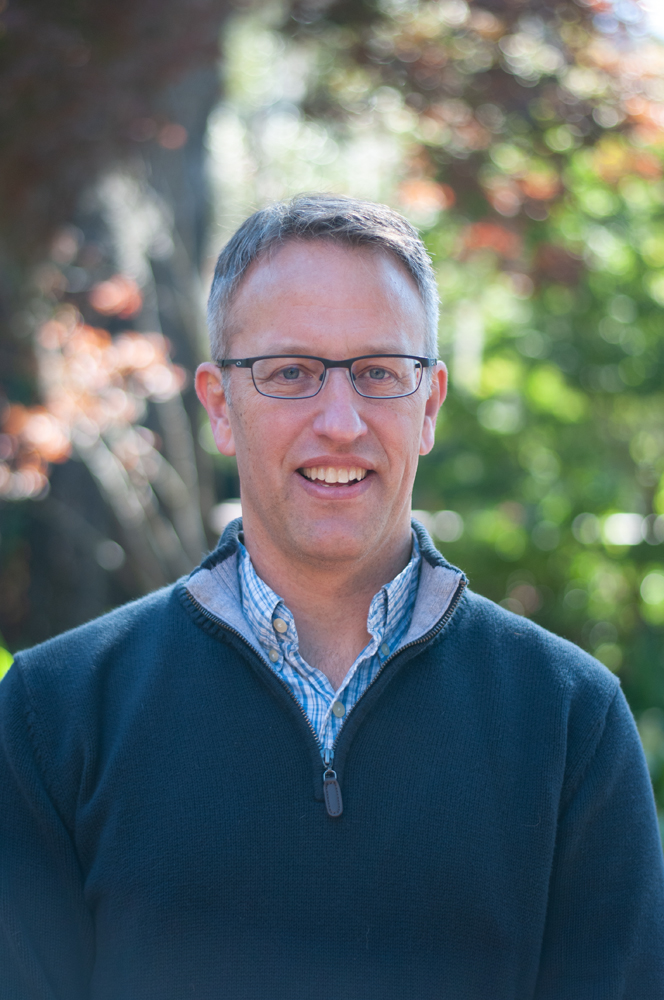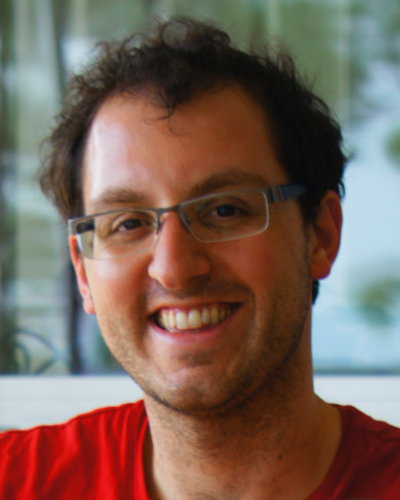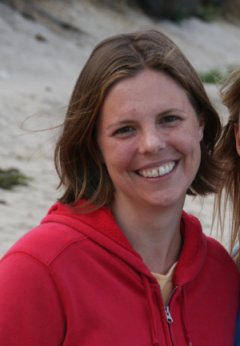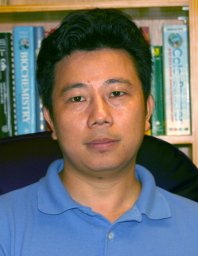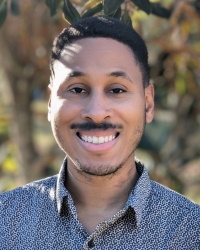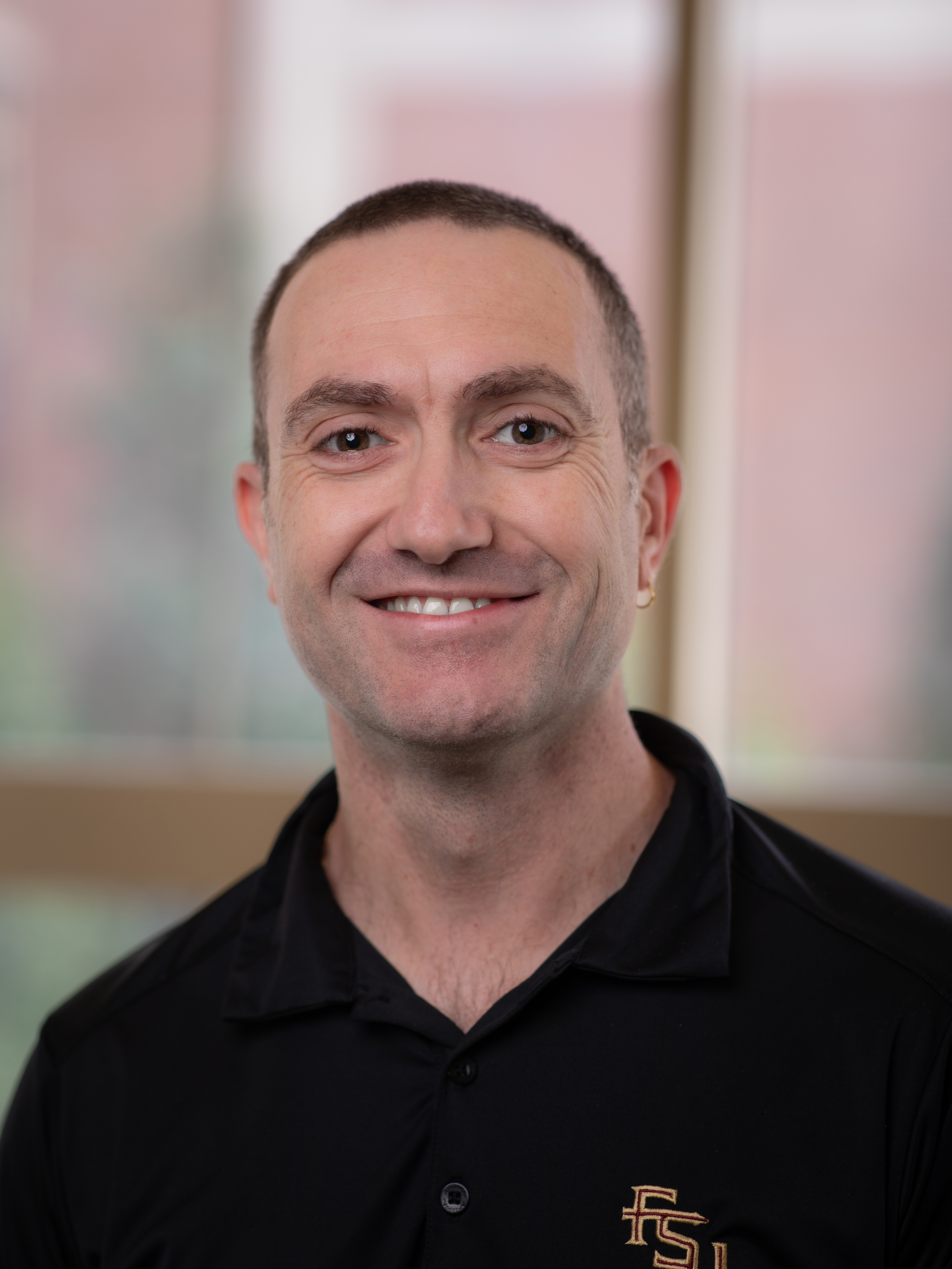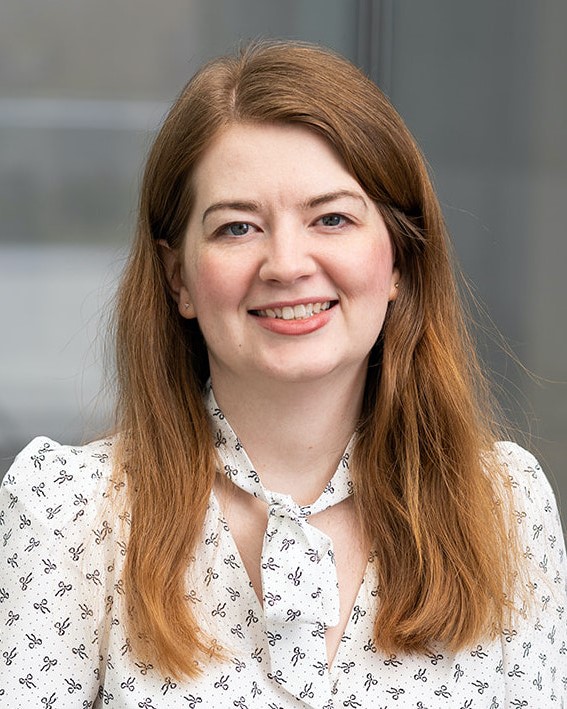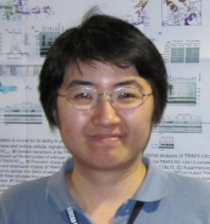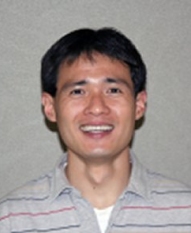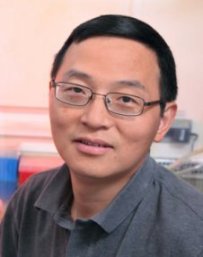
Faculty
Students may choose to work with any Department of Biological Science faculty. With permission from the Associate Chair for Graduate Studies, students may also forge collaborative thesis projects between biology faculty and any other faculty at Florida State University.
Dr. Hank W. Bass
Meiosis in higher plants; telomere dynamics; molecular cytology; maize chromatin, nuclease sensitivity profiling, G4-DNA, and genome replication. Work primarily on maize.
Dr. P. Bryant Chase
Biomechanics of cardiac and skeletal muscle.
Dr. Hongchang Cui
Cell fate specification and reprogramming in plants; evolutionary and developmental biology; plant-environment interaction; genomics and epigenomics; proteomics; molecular genetics.
Dr. Jonathan H. Dennis
The biology of chromatin involved in the innate immune response.
Dr. Debra A. Fadool
Structure and Function of Ion Channel Proteins; Signal Transduction and Neuromodulation by Phosphorylation; Impact of Obesity and Diabetes mellitus on Olfactory and Sensory Processes
Dr. James M. Fadool
Using zebrafish as an model system, we investigate genetic & cellular mechanisms regulating photoreceptor development, patterning, retinal degeneration and regeneration.
Dr. Jian Feng
Epigenetic regulation of neuropsychiatric disorders
Dr. Ashwanth Francis
Structure-function studies of virus cell biology. We use live-cell imaging and cryo-EM to uncover mechanisms of virus transport, virus disassembly, nuclear pore interactions and virus compartmentalization inside the nucleus of living cells
Dr. Kathryn M. Jones
I study the symbiotic interaction of nitrogen-fixing rhizobial bacteria with legume host plants: 1)How bacteria manipulate their environment during host plant invasion such that the plant not only permits entry, but provides an invasion pathway for them; 2)Why the interactions of specific strains of Sinorhizobium with particular Medicago truncatula plant ecotypes are more productive than others; 3)How plants direct resources to productive symbionts at the expense of unproductive ones (cheaters).
Dr. James Jordan
Epigenetic regulation of metabolism in health and disease.
Dr. Steven Lenhert
Biological membranes; cell-substrate interactions; bionanotechnology.
Dr. Lisa C. Lyons
We are interested in the molecular and cellular mechanisms through which sleep and the circadian clock affect neural plasticity from drug tolerance to long-term memory. We use Drosophila melanogaster and mice for our research with sleep deprivation.
Dr. Karen M. McGinnis
Epigenetic gene regulation in maize.
Dr. Guangxia Miao
My lab focuses on complex cell behavior, specifically the movements of cells from one place to another. We use fruit fly as the model system.
Dr. Darin R. Rokyta
I study the genetics of adaptation, primarily in the context of the coevolution between venomous animals and their prey. My research group studies the venoms of snakes, scorpions, centipedes, and spiders, and we are interested in how the genetics of traits influence their evolutionary trajectories.
Dr. Scott Stagg
Research in the Stagg lab is directed towards two tracks: the mechanisms of membrane trafficking, and high-throughput high-resolution cryo-EM. On the biological side, we determine the structure and mechanisms of protein complexes involved in vesicle trafficking pathways. We have determined structures of COPII and clathrin coats as well as other membrane remodeling complexes. On the technical side, we develop experimental and computational methods to improve structure determination by cryo-EM.
Dr. Douglas Storace
Sensory processing, function and organization of neural circuits, imaging brain activity.
Dr. M. Elizabeth Stroupe
The Stroupe laboratory uses cryogenic electron microscopy and X-ray crystallography to discover fundamental mechanisms in ribosome biogenesis and sulfur metabolism.
Dr. Hengli Tang
Virus-host cell interactions; Stem cell-based models for viral infections; Cell biology of flavivirus replication.
Dr. Kenneth A. Taylor
Macromolecular structure determination by 3-D electron microscopy; muscle, cytoskeleton and cell adhesion structure.
Dr. David Thoms
Plant roots are analogous to the animal gut as both are important sites of nutrient acquisition and microbial activity. We use the plant model system, Arabidopsis thaliana, to study the role of innate immunity in establishing a healthy root microbiome. We use a combination of NextGen sequencing, microscopy, and genetics to study the mechanisms required for distinguishing between beneficial and pathogenic bacteria in a manner that modulates bacterial growth.
Dr. Roberto Vincis
Gustation; Neuronal dynamics of taste sensation and taste-related decisions.
Dr. Amy Webster
Using C. elegans as a model, we are interested in how differences in gene expression and chromatin can both cause and predict phenotypic differences across individuals, how these differences interact with genetic and environmental variation, and how heritable epigenetic effects may shape populations on short and long timescales.
Dr. Qian Yin
Structural and mechanistic studies on proteins and protein assemblies in innate immunity, inflammation, host-pathogen interactions, and membrane trafficking.
Dr. Hong-Guo Yu
Using gametogenesis as a model to study cellular rejuvenation; mechanisms of chromosome tethering at the nuclear envelope
Dr. Fanxiu Zhu
Kaposi's sarcoma-associated herpesvirus (KSHV); viral evasion of the host innate immune responses; viral modulation of the host kinase signaling pathways; role and assembly of KSHV tegument proteins.

